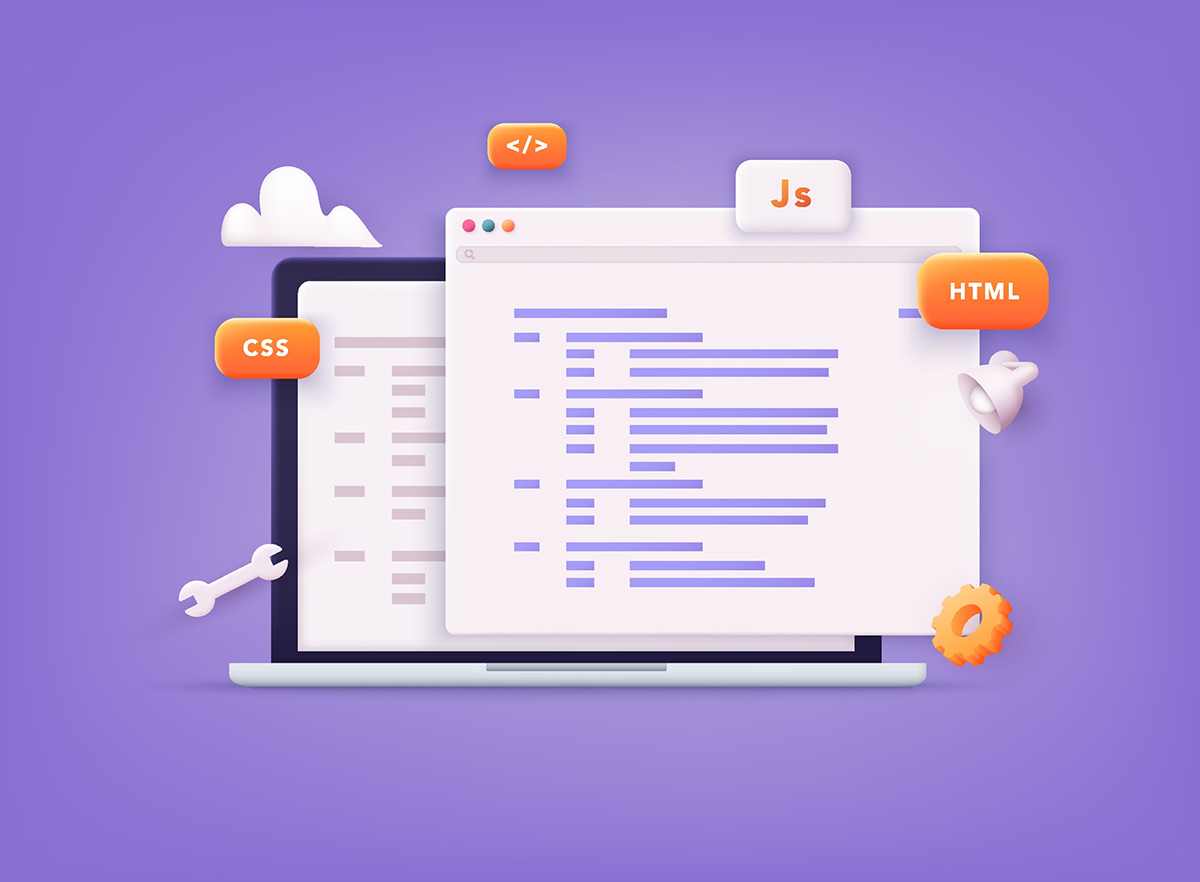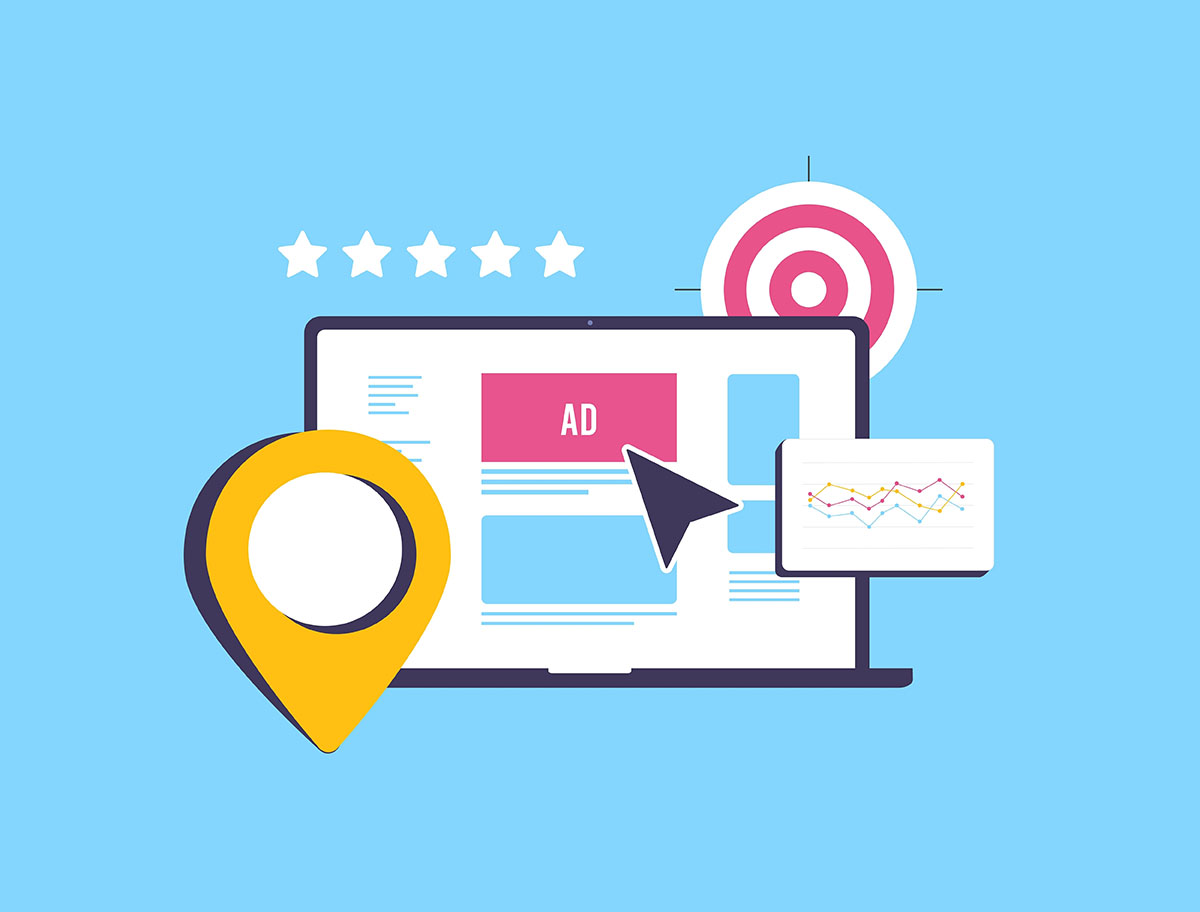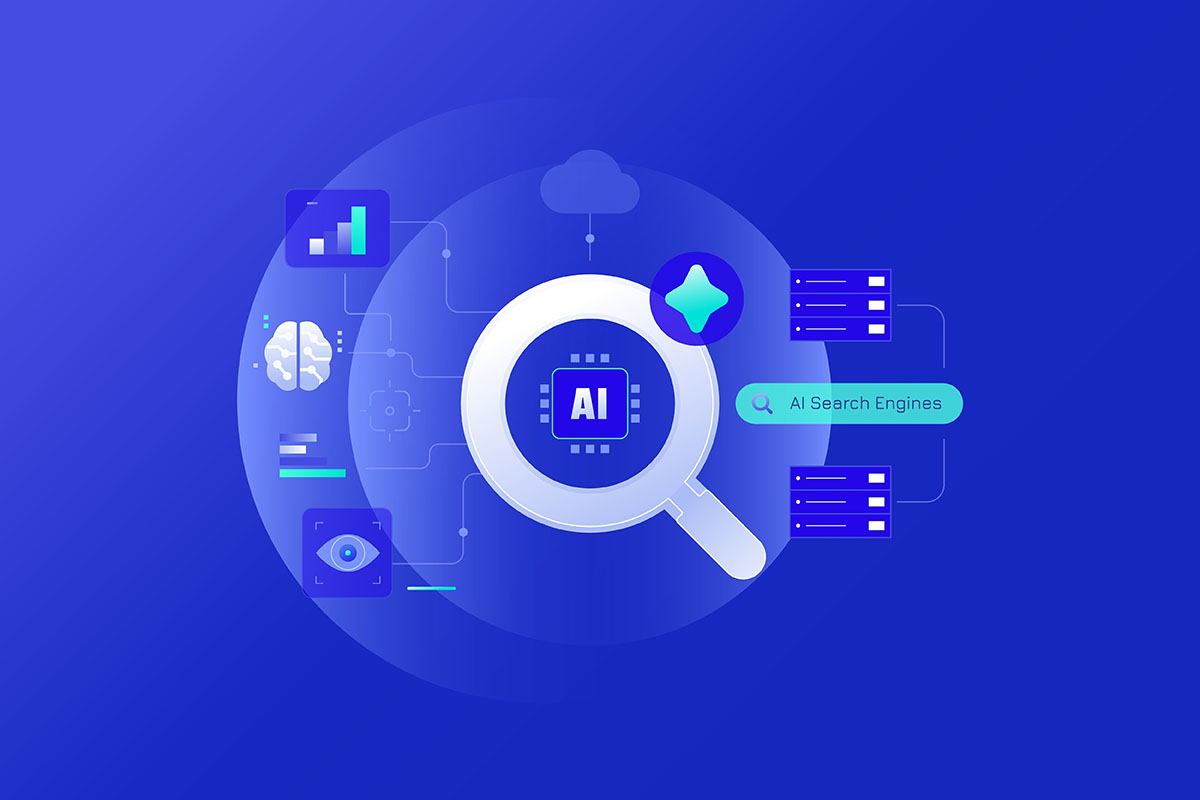Lazy loading has become a common performance optimization technique for modern website development. Every business owner understands the importance of a website for their search engine marketing but many site owners wonder: Does lazy loading impact Google Core Web Vitals scores and SEO rankings? In a recent episode of Google Search Central’s “Search Off the Record” podcast, Google experts John Mueller and Martin Splitt shed light on the SEO implications—and how they tie into indexing, ranking, and performance metrics.
What Is Lazy Loading?
Lazy loading is a performance optimization technique that delays loading non-critical resources—such as images, videos, and iframes—until the user is about to see them. Instead of forcing the browser to load every asset on the page immediately, lazy loading prioritizes what’s visible, reducing initial load time.
Think of it like this: why serve an entire three-course meal at once if your guest is only ready for the appetizer?
Benefits of Lazy Loading:
- Reduces initial page load time
- Improves bandwidth usage
- Prioritizes above-the-fold content
As Google’s experts highlight, it’s not a one-size-fits-all solution—and misusing it can harm performance.
How Lazy Loading Impacts Core Web Vitals
1. Largest Contentful Paint (LCP)
LCP measures how quickly the largest visible element (often a hero image or headline) loads.
- Pro: Improves LCP when applied to below-the-fold content, freeing resources for above-the-fold visuals.
- Con: Hurts LCP if you accidentally lazy load the hero image or banner.
- Developer Tip: Never lazy load your LCP element.
2. Interaction to Next Paint (INP) / First Input Delay (FID)
These metrics measure responsiveness and input delay.
- Pro: Lazy loading itself rarely affects INP/FID.
- Con: Heavy or poorly coded lazy-loading scripts can block the main thread, delaying interaction.
- Developer Tip: Use native lazy loading (loading=”lazy”) for lightweight performance.
3. Cumulative Layout Shift (CLS)
CLS tracks unexpected layout movement as a page loads.
- Pro: Defining width/height or aspect-ratio prevents CLS issues.
- Con: Lazy loading without reserved space causes layout shifts when images appear.
- Developer Tip: Always set dimensions for images and videos.
Lazy Loading and SEO Indexing
From Google’s perspective, lazy loading can impact how content is discovered and indexed:
- Native lazy loading is preferred – simple and crawler-friendly.
- Custom JavaScript lazy loading must ensure Googlebot can fetch and render content.
- Always test with Google Search Console’s URL Inspection tool to confirm critical assets are indexed.
Google Approved Best Practices for Lazy Loading in Website Development
To make lazy loading work with Core Web Vitals and SEO, follow these guidelines:
- Do not lazy load above-the-fold content (e.g., hero image, primary visuals).
- Use native lazy loading attributes (loading=”lazy”) when possible.
- Reserve image space with width, height, or aspect-ratio.
- Pair with responsive images for mobile optimization.
- Test performance with Lighthouse or PageSpeed Insights before and after implementation.
Why Core Web Vitals Matter
Google’s Core Web Vitals aren’t just another set of technical metrics—they’re a direct reflection of how real users experience your website. Since 2021, Core Web Vitals have been part of Google’s ranking signals, which means they influence your site’s visibility in search results.
Here’s why they matter:
- Search Rankings: Core Web Vitals feed into Google’s “page experience” signal. While they’re not the only factor for rankings, a fast, stable, and responsive site can give you a competitive edge over slower competitors.
- User Experience: Websites with poor performance frustrate visitors, leading to higher bounce rates and fewer conversions. A site that loads quickly, responds smoothly, and stays visually stable keeps users engaged.
- Conversion Rates & Revenue: Multiple studies show that even a 1-second delay in page load can significantly reduce conversions. By optimizing Core Web Vitals, you’re directly improving your bottom line.
- Mobile-First World: With most traffic now coming from mobile devices, Core Web Vitals ensure your site is optimized for smaller screens, slower connections, and touch-based interactions.
Need Help Optimizing Your Site’s Performance?
At Katava Marketing, we specialize in optimizing websites for speed, Core Web Vitals, and SEO success. If you’re unsure whether your lazy loading setup is helping or hurting your rankings, we can audit your site and implement the right solutions from a website redesign to technical SEO and more. Schedule a consultation with Katava Marketing today!





